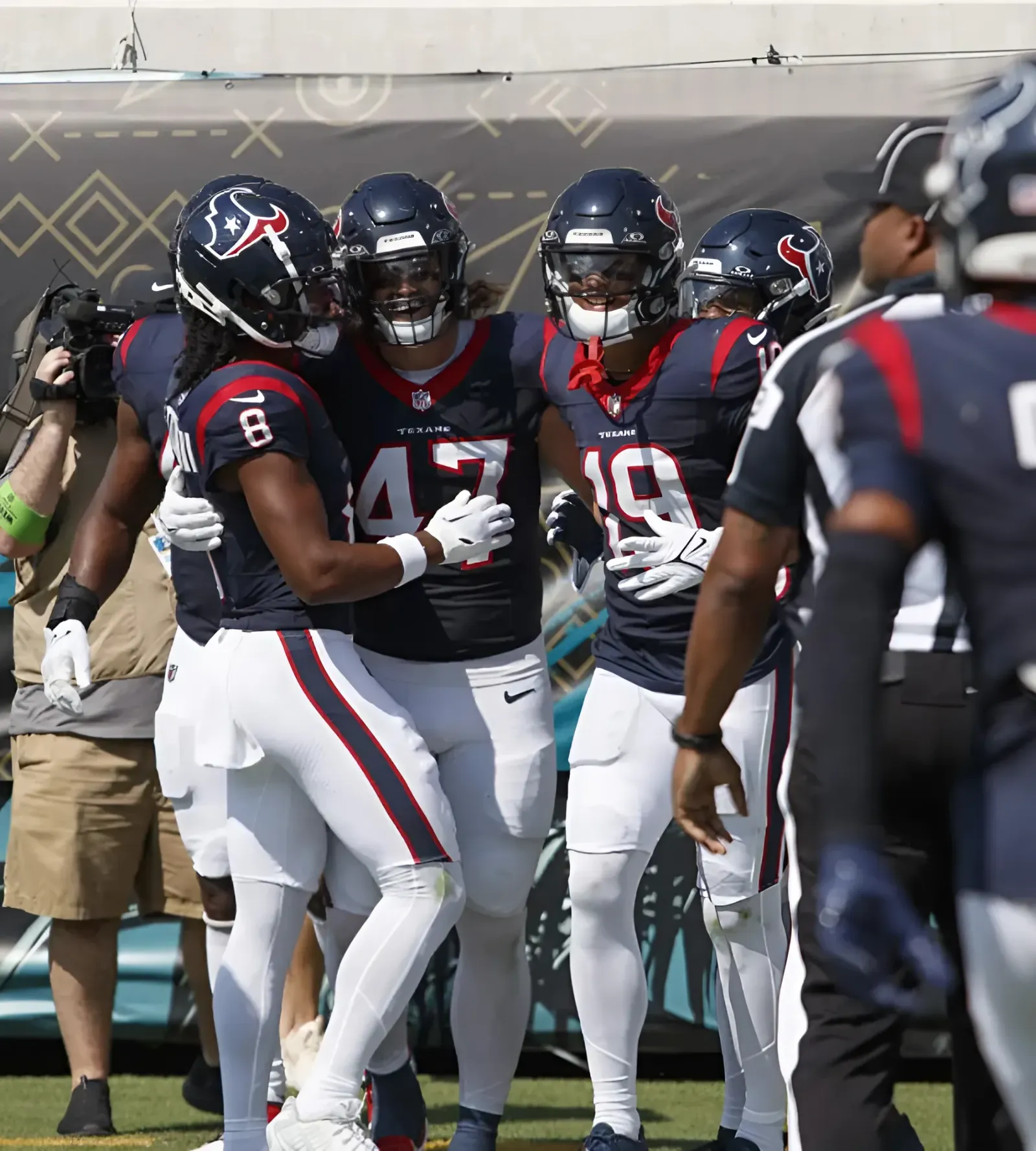Last season, Alexis Lafrenière finally delivered the breakout performance that the New York Rangers and their fans had been eagerly anticipating since his selection as the first overall pick in the 2020 NHL Draft. With 57 points in 82 regular-season games and an additional 14 points in 16 playoff appearances, Lafrenière showcased the talent and potential that made him one of the most highly-touted prospects in recent years. His journey to this point has been one of perseverance and development, as he navigated the pressures of being a top draft pick while adjusting to the speed and physicality of the NHL.

In his first few seasons, Lafrenière faced some challenges, struggling at times to find consistency and carve out a definitive role on the team. However, last season marked a turning point as he found his stride, particularly when paired with the dynamic duo of Artemi Panarin and Vincent Trocheck. This line became one of the Rangers’ most reliable offensive threats, with Lafrenière complementing the playmaking abilities of Panarin and the two-way presence of Trocheck. The chemistry between the three was evident, allowing Lafrenière to play with more confidence and creativity.
Lafrenière’s Even-Strength Surge: A Sign of True Growth
A highlight of Lafrenière’s season was his production at even strength, where 51 of his points were generated. This is a significant indicator of his growth and consistency, as it demonstrates his ability to contribute offensively without relying on power-play opportunities. His even-strength performance not only reflects his individual improvement but also his ability to thrive in various situations on the ice, whether it’s creating scoring chances, driving play, or capitalizing on his linemates’ opportunities.

Given his progress, Lafrenière has earned the opportunity to play on the Rangers’ first power-play unit. He’s already demonstrated his value as the sixth man on the ice during goalie pulls, thriving in high-pressure situations. However, this raises the question: Who would be removed from the Rangers’ first power-play unit? The Rangers’ power play has been a powerhouse over the past three seasons, finishing third in the league in 2023-24 with a 26.4 percent success rate.
Untouchable Pieces: The Rangers’ Power Play Cornerstones
Adam Fox is untouchable on the power play for good reason—he’s the quarterback and one of the best in the league at that. Chris Kreider, stationed in front of the net, is also among the elite in his role. This leaves Panarin, Trocheck, and Mika Zibanejad as potential players who could be moved. However, Panarin and Trocheck are integral to the unit’s success, making them difficult to replace. Zibanejad’s one-timer is a lethal weapon, which makes him nearly impossible to bench as well. Realistically, Zibanejad might be the only player who could be swapped out for Lafrenière. But even then, disrupting the established chemistry may not be worth the risk.
Another option, albeit with the risk of disrupting chemistry, would be to deploy two balanced power-play units. This approach would provide opportunities for players like Filip Chytil, Kaapo Kakko, and Zac Jones to get more ice time in these situations. Various combinations could be considered, such as keeping Zibanejad and Kreider together on one unit while pairing Panarin, Lafrenière, and Trocheck on the other. Kakko, Chytil, Fox, and Jones could then be distributed across both units. Regardless of the configuration, it’s clear that Lafrenière should start seeing more time on the power play.
Rangers’ Future: The Key to Lafrenière’s Continued Growth
In the end, the Rangers find themselves in an enviable but challenging position. With a wealth of offensive talent and a power play that has been among the league’s best, integrating Lafrenière into a more prominent role requires careful consideration. His breakout season has proven that he is ready for greater responsibility, and giving him more time on the power play could be the next step in his development. However, balancing this with the existing chemistry and effectiveness of the current power-play unit is no small task. Whether the coaching staff opts to adjust the first unit or experiment with two balanced groups, one thing is certain: Lafrenière’s continued growth is crucial to the Rangers’ future success, and finding the right way to harness his potential will be key in the seasons to come.



